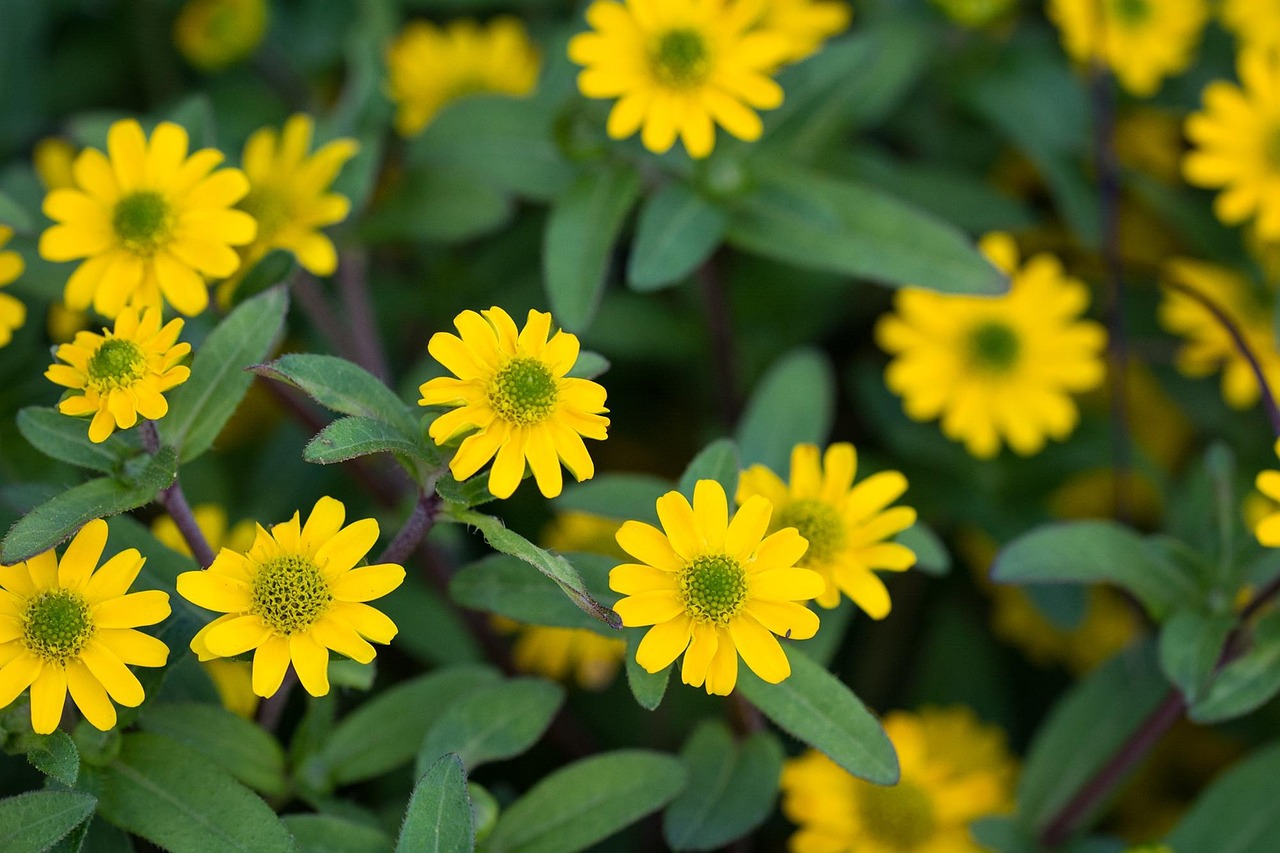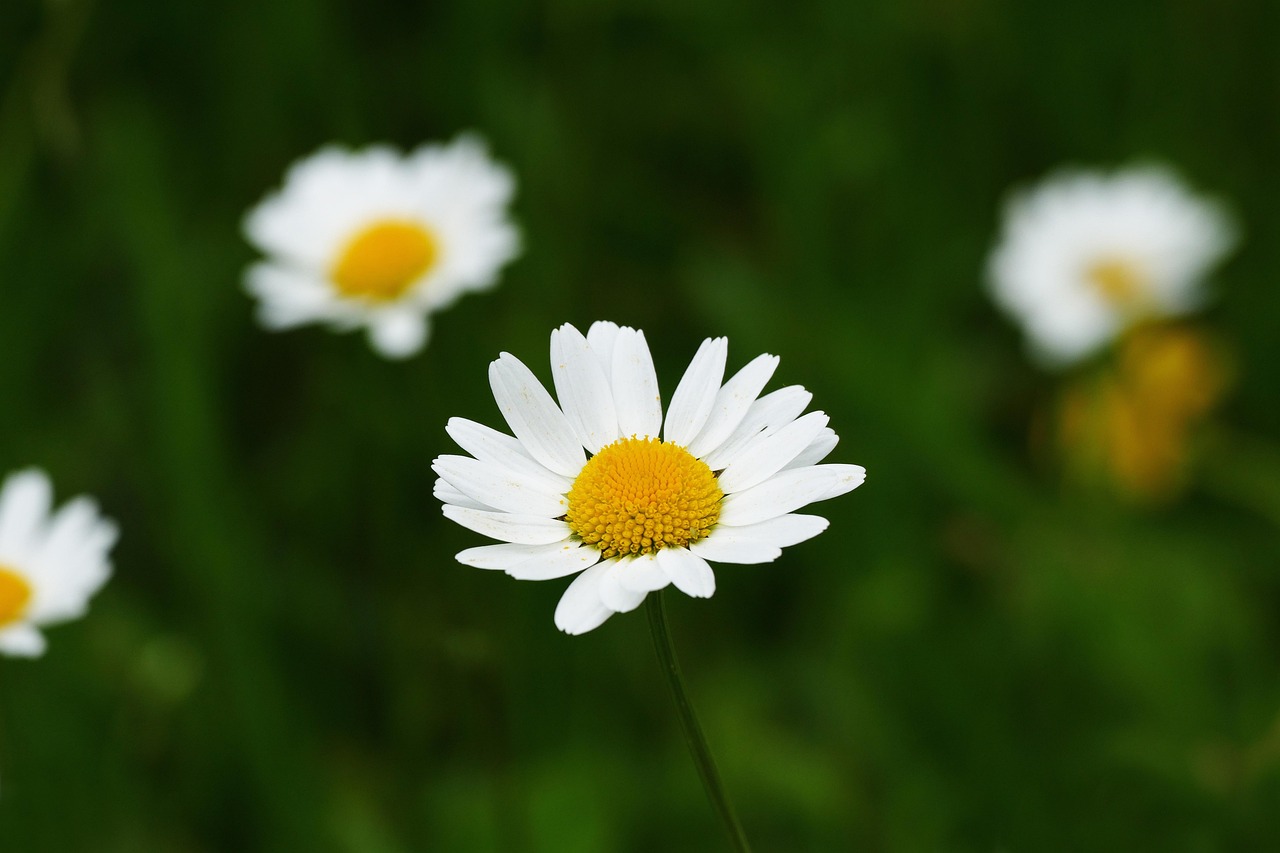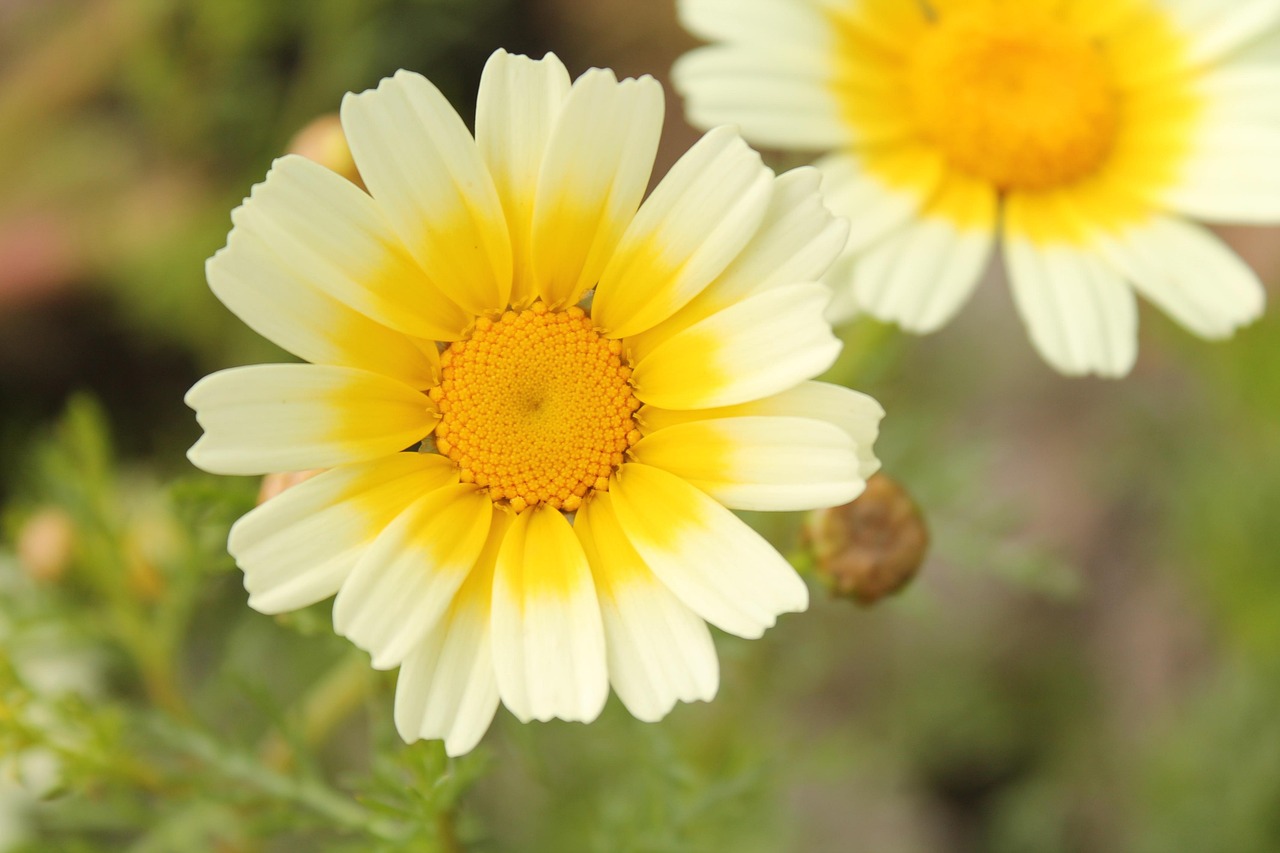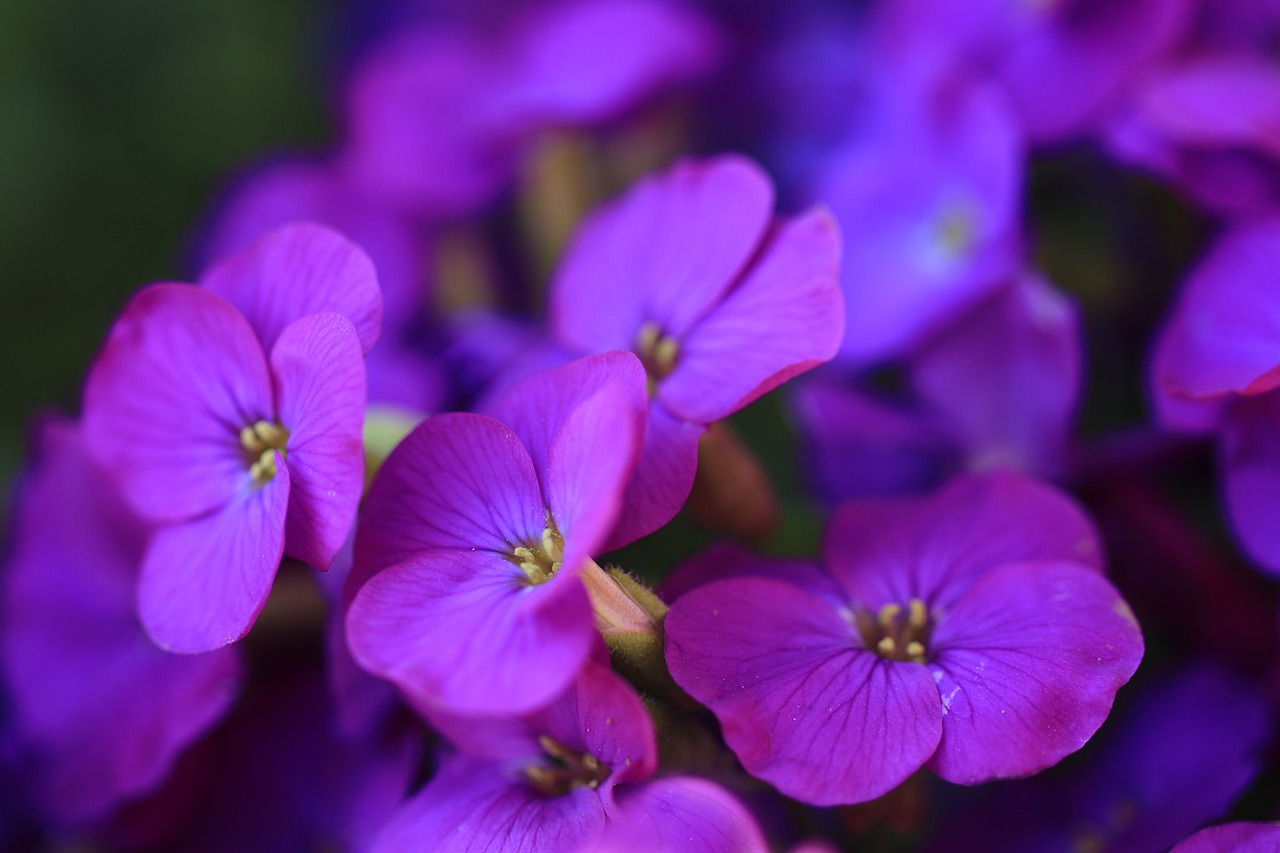Clerodendrum bungei | A Graceful Medicinal Plant Fragrant in Classical Chinese Gardens
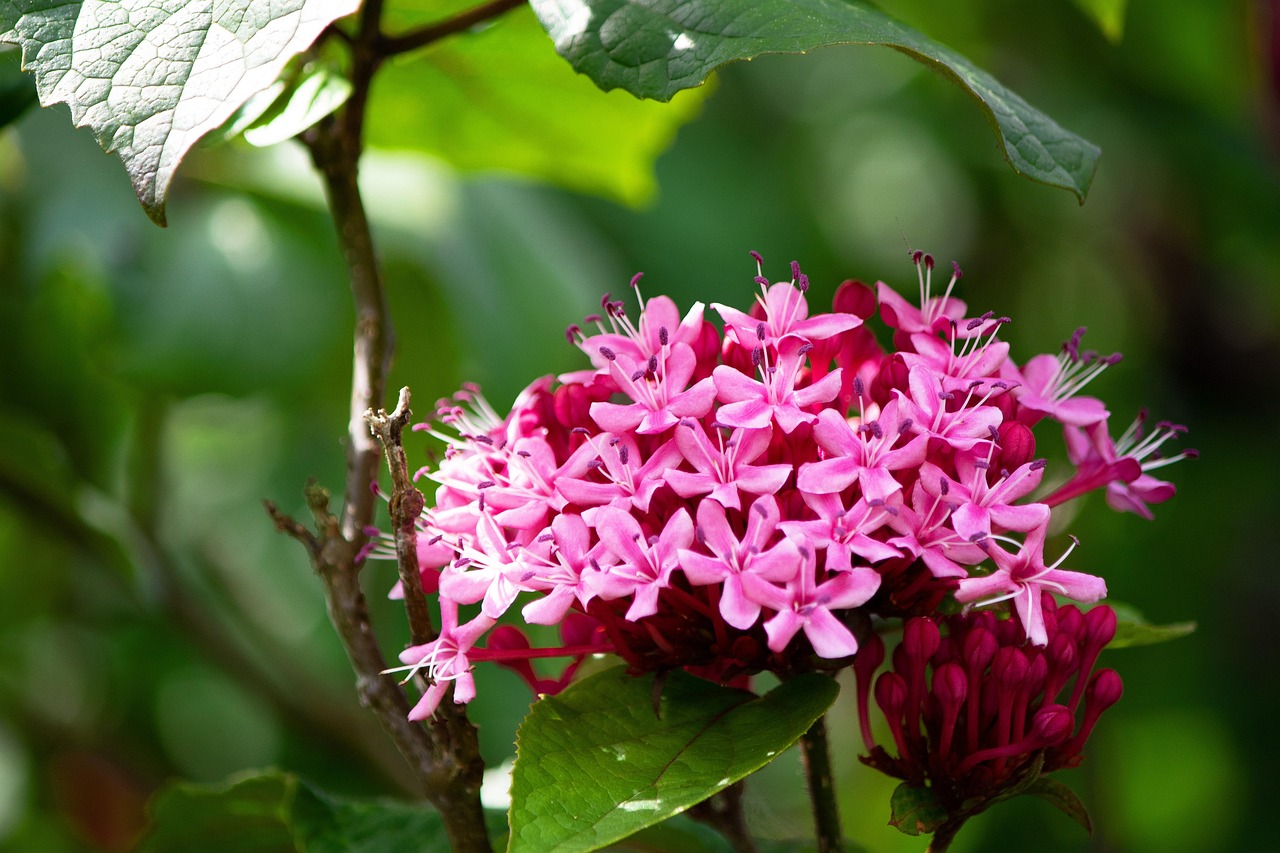
Clerodendrum bungei is a perennial plant distinguished by its fragrant blossoms and large leaves, blooming from summer to autumn.
The name comes from its resemblance to the peony flower (“botan”) and its similarity to Clerodendrum trichotomum, a plant known in Japan as kusagi.
I find it well-suited for garden planting and it is popular as an accent in flowerbeds and natural gardens.
In this article, I will introduce the essential information, cultural background, history, and cultivation tips for Clerodendrum bungei.
Basic Information
- Scientific name: Clerodendrum bungei
- Family: Lamiaceae (Mint family)
- Origin: Southern China
- Appearance: A perennial herb growing to about 1–1.5 meters in height, with large heart-shaped leaves. Small pink flowers cluster into spherical inflorescences at the tips of the stems, releasing a sweet fragrance when in bloom. The leaves have a slightly coarse texture, and the stems take on a reddish hue.
- Blooming season: July to September
Cultural Significance Worldwide
Clerodendrum bungei has long been appreciated as an ornamental plant in East Asia and Europe.
In China, it has been cultivated in gardens since ancient times. Its flowers and fragrance were valued, and in Feng Shui it was believed to harmonize the energy of a garden.
In Europe, the plant was introduced in the 19th century and admired in England and France as an exotic addition to gardens. Its sweet scent and beautiful blossoms made it a highlight in cottage gardens and fragrant flowerbeds, becoming recognized as a notable Asian ornamental plant.
Historical Anecdotes
Clerodendrum bungei was introduced to Europe in the early 19th century, at a time when interest in Chinese plants was growing among horticulturists and botanists.
It was collected from southern China and soon planted in botanical gardens and aristocratic estates for its ornamental value.
Its scientific name honors Alexander von Bunge, a German botanist of the 19th century, who traveled across Asia and classified many plants, including this species.
In Japan, the plant was introduced during the Edo period. The Japanese name botan-kusagi (“peony-smelling tree”) derives from its peony-like flowers and the scent of its leaves. It became popular not only in traditional gardens but also as a wildflower, adding elegance to Japanese landscapes.
Gardening Advice
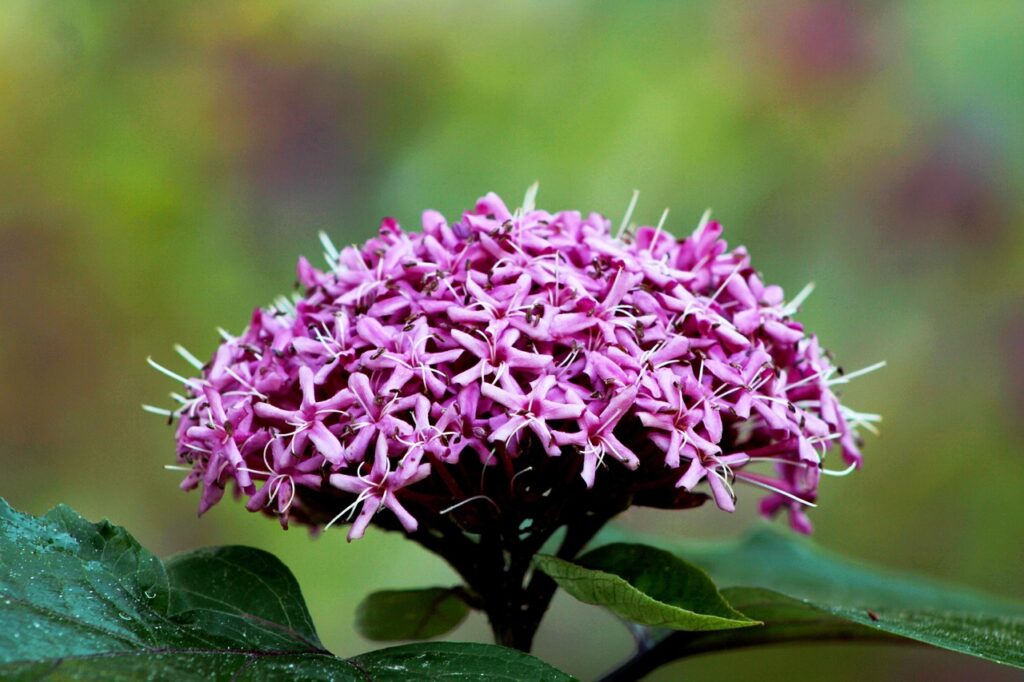
Clerodendrum bungei is relatively easy to grow and, with proper care, produces beautiful flowers every year.
Sunlight
Thrives in full sun to partial shade. It flowers better with ample sunlight, but leaves may scorch under intense midsummer sun.
Watering
When planted in the ground, it requires little watering unless drought persists. In pots, water generously when the soil surface dries. Avoid overwatering to prevent root rot.
Soil
Prefers well-drained soil. Mixing humus or perlite into general potting soil improves root development.
Fertilizer
Apply slow-release fertilizer once a month from spring to summer to enhance flowering. Avoid over-fertilization.
Pruning
After flowering, lightly trim to balance the shape, encouraging vigorous growth the following year.
Propagation
It spreads readily by rhizomes. Divide or thin out clumps as necessary, as it can otherwise spread extensively.
Conclusion
Clerodendrum bungei is a perennial plant native to China, blooming with sweetly fragrant pink flowers in summer.
It was introduced to Japan during the Edo period, where it blended naturally into traditional gardens. In the 19th century, it also spread widely across Europe, admired for its exotic beauty and fragrance.
Relatively easy to grow, it continues to be cherished by gardeners today as a plant that adds both color and fragrance to flowerbeds and natural gardens.

